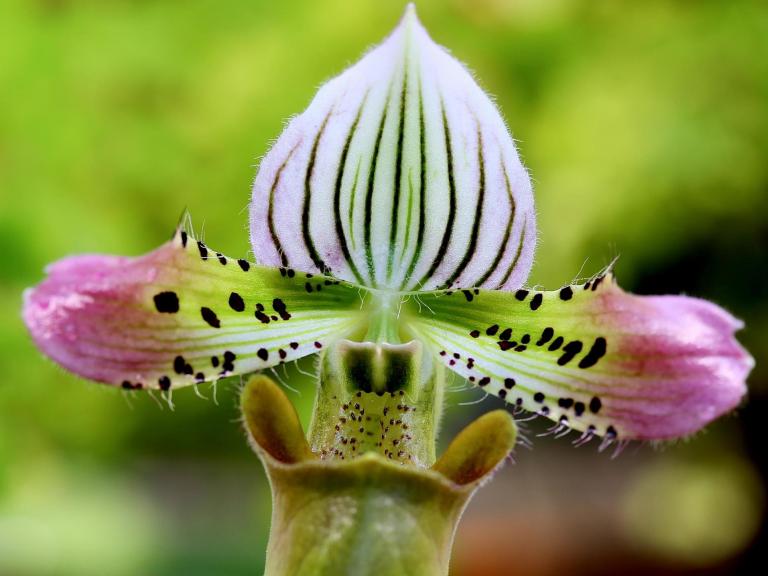This website uses cookies so that we can provide you with the best user experience possible. Cookie information is stored in your browser and performs functions such as recognising you when you return to our website and helping our team to understand which sections of the website you find most interesting and useful.

Scientific research that heralds the discovery of new species can have an unintended but potentially devastating consequence: providing a roadmap for wildlife traffickers.
A new study from a group of international academics has found that as research becomes more publicly available online, poachers have pounced on the information to boost their trade.
The impacts have already been felt. A newly-discovered orchid in Vietnam had its population decimated less than a year after a photo of the species appeared on social media. It was dubbed “extinction at the speed of the internet”, by a letter-writer in the journal Science.
Research work that described a new turtle on a remote island in Indonesia, and a gecko in southeastern China, turned them into novelties in the international pet trade. The animals fetched prices of up to $2,000 (£1,600) and the trade drove them towards extinction.
There is now debate as to whether scientists should be asked to hold back descriptions of creatures and their locations, including geographic coordinates, in their work. The International Union for the Conservation of Nature (IUCN) stores nonpublic maps of some endangered species threatened by trade, one of the study’s co-authors, Catherine Workman, wrote this week.
While some scientists already withhold detailed information and only share it following specific requests, others continue to publish extensive details in the pursuit of academic rigour.
The study, published last month in the scientific journal Conservation Letters, found that describing species was one of the top 20 issues contributing to the illegal wildlife trade.
A 2019 paper also highlighted the risks that readily available location information can have on conservation and proposed employing so-called “geo-indistinguishability” – protecting a user’s exact location – to guard threatened species.
The other side of the coin is that discoveries of new species can encourage more research, which in turn bolsters conservation efforts. Inspiring public interest in the natural world is also key for conservation agencies to keep up their profiles and often much-needed funding.
The proliferation of open-access data means that research papers are now abundantly available online. According to the Directory of Open Access Journals, about 12,000 journals covering science, technology, medicine, social science and humanities are available today.
The latest paper, led by researchers from Oxford University, suggested a single framework of policies to shield sensitive information from nefarious browsers and make it harder for traffickers to track down new species.
It also suggested conducting market research to address species which are vulnerable and communicating the risks to media and other organisations of unwittingly making species more desirable.



 Africana55 Radio
Africana55 Radio 

